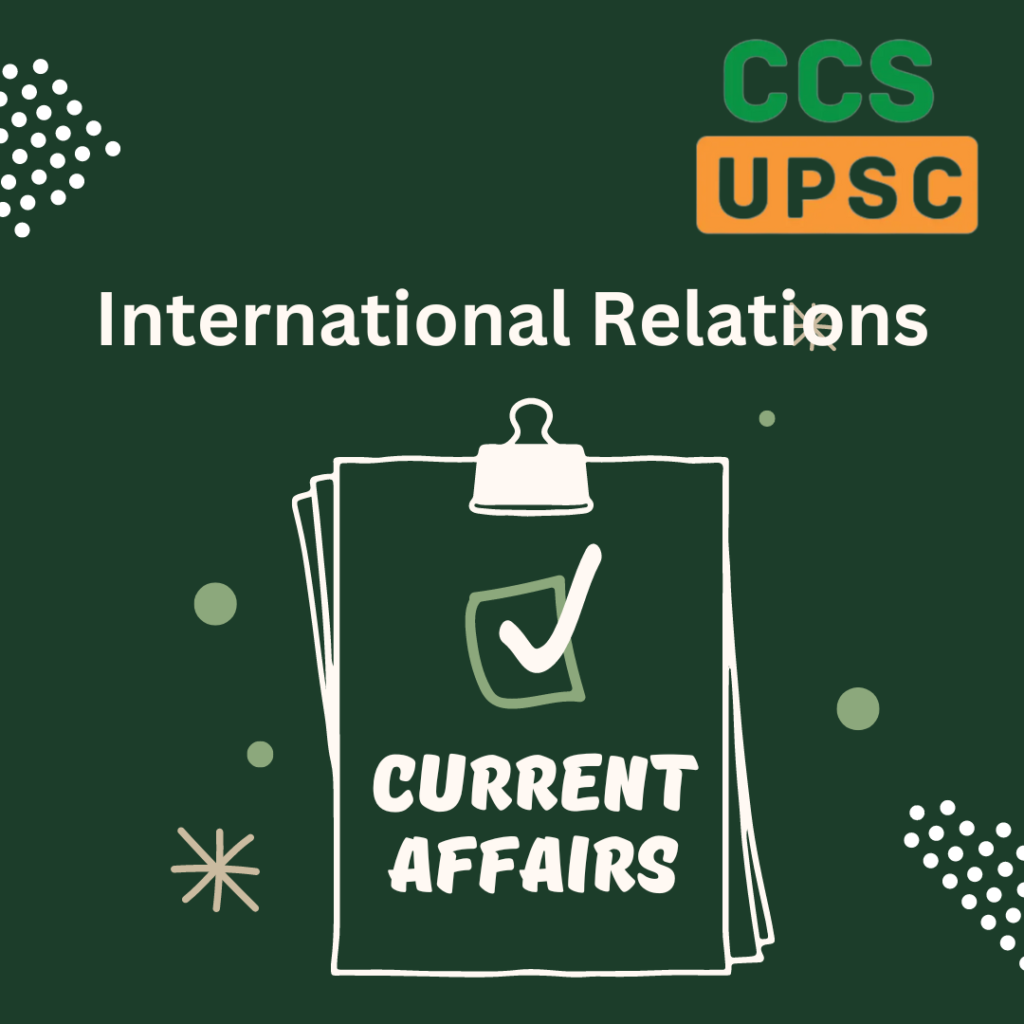Context
∙ India and Pakistan exchanged the list of nuclear installations and facilities through diplomatic channels simultaneously at New Delhi and Islamabad.
About
∙ The nuclear installations and facilities are covered under the Agreement on the Prohibition of Attack against Nuclear Installations and Facilities between India and Pakistan.
∙ It is the 33rd consecutive exchange of such lists between the two countries, the first one having taken place on January 01, 1992.
The Prohibition of Attack against Nuclear Installations and Facilities:
∙ It is also known as the India-Pakistan
∙ Non-Attack Agreement, that was signed on 31 December 1988 and entered into force on 27 January 1991.
∙ It provides that India and Pakistan inform each other of the nuclear installations and facilities to be covered under the Agreement on the first of January of every calendar year.
∙ Each party shall refrain from undertaking, encouraging or participating in, directly or indirectly, any action aimed at causing the destruction of, or damage to, any nuclear installation or facility in the other country.
∙ The term ‘nuclear installation or facility’ includes nuclear power and research reactors, fuel fabrication, uranium enrichment, isotopes separation and reprocessing facilities as well as any other installations with fresh or irradiated nuclear fuel and materials in any form and establishments storing significant quantities of radio-active materials.
Significance of the Agreement:
∙ Both the countries reaffirm their commitment to durable peace and the development of friendly and harmonious bilateral relations.
∙ They are conscious of the role of confidence building measures in promoting such bilateral relations based on mutual trust and goodwill.
∙ Even a small nuclear exchange between India and Pakistan could kill 20 million people in a week. If a nuclear winter is triggered, nearly 2 billion people in the developing world would be at risk from death by starvation.
Nuclear Power: India and Pakistan
India:
∙ India tested its first nuclear weapon in 1974, becoming the sixth country to detonate a nuclear weapon, and it has approximately 164 nuclear warheads, and has land-based, sea-based and air-launch nuclear capabilities.
∙ India had declared a No First Use policy, which means they have vowed to never use nuclear weapons first in a conflict.
∙ However, as of August 2019, India said they are reconsidering this policy.
∙ India is pursuing membership to the Nuclear Suppliers Group (NSG) and became a member of the Missile Technology Control Regime (MTCR) in 2016.
∙ India has not signed the Nuclear Non-Proliferation Treaty nor The Pakistan became a nuclear power in 1998, becoming the world’s 7th state to officially test a nuclear weapon and has approximately 170 warheads.
∙ This number exceeds the projection made by the U.S. Defense Intelligence Agency in 1999 that Pakistan would have 60-80 warheads by 2020.
∙ If the current growth trend continues, Pakistan’s arsenal could grow to 220 to 250 warheads by 2025.
Pakistan:
∙ Pakistan became a nuclear power in 1998, becoming the world’s 7th state to officially test a nuclear weapon and has approximately 170 warheads.
∙ This number exceeds the projection made by the U.S. Defense Intelligence Agency in 1999 that Pakistan would have 60-80 warheads by 2020.
∙ If the current growth trend continues, Pakistan’s arsenal could grow to 220 to 250 warheads by 2025.
∙ Unlike India, Pakistan has not declared a No First Use policy, and instead has opted to emphasise smaller battlefield or ‘tactical’ nuclear weapons as a counter to India’s larger and superior conventional forces.
∙ However, it has adopted a position of ‘no first use’ against non-nuclear weapon states.
∙ Pakistan keeps its nuclear warheads stored separately from its missiles and will only assemble one if it will be used.
∙ Pakistan’s declared strategic nuclear policy claims to avoid conflict through ‘full spectrum deterrence’ while maintaining minimum credible deterrence against India’s nuclear and superior conventional forces.
∙ Similar to India, Pakistan is not a signatory of the Nuclear Non-Proliferation Treaty (NPT).


